
Thirty years ago, Newfoundland suffered the largest job loss in Canadian history (until COVID-19) when the government shut down its cod fishery. Now, sustainable and community-led tourism initiatives are helping this resilient community bounce back.


Thirty years ago, Newfoundland suffered the largest job loss in Canadian history (until COVID-19) when the government shut down its cod fishery. Now, sustainable and community-led tourism initiatives are helping this resilient community bounce back.
It’s a rainy evening in July,and a trio of musicians are playing in a century-old building in Conche, western Newfoundland. The lead singer, Johnny Fitzpatrick, introduces Conche Harbour Longliners, a localized adaptation of a Newfoundland folk classic. “When I came here in 1985, this place here was just booming,” he says, launching into an upbeat song that describes that boom time through colorful descriptions of a bustling fishing village and the “hardy crews and captains who are the finest fishermen.”
The building I’m sitting in is an old fishing stage, and behind me is the very harbor that once bristled with boats, just like in the song. But there aren’t many fishing stages left now in Conche, and out in the harbor, I see just one boat out for a pleasure ride.
I’m here to spend a few days with Toni Kearney, a local whose new tourism venture and social enterprise, Moratorium Children, is dedicated to revitalizing the economy of Conche, near the tip of the rugged Great Northern Peninsula. Over the past few days, I’ve hiked along cliffs while dolphins breached in the Atlantic below; I’ve popped into locals’ homes and listened to their cod fishing tales; and I’ve felt tranquility while wandering through a forest and along the shore. Most of all, I’ve listened to Kearney explain her vision for what she believes tourism can do for Conche and other struggling rural communities.
Moratorium Children exists because 30 years ago, Conche’s culture and economy, like that of every outport community around the province, was nearly devastated by one of the most controversial decisions in Canadian history: The cod moratorium of 1992.
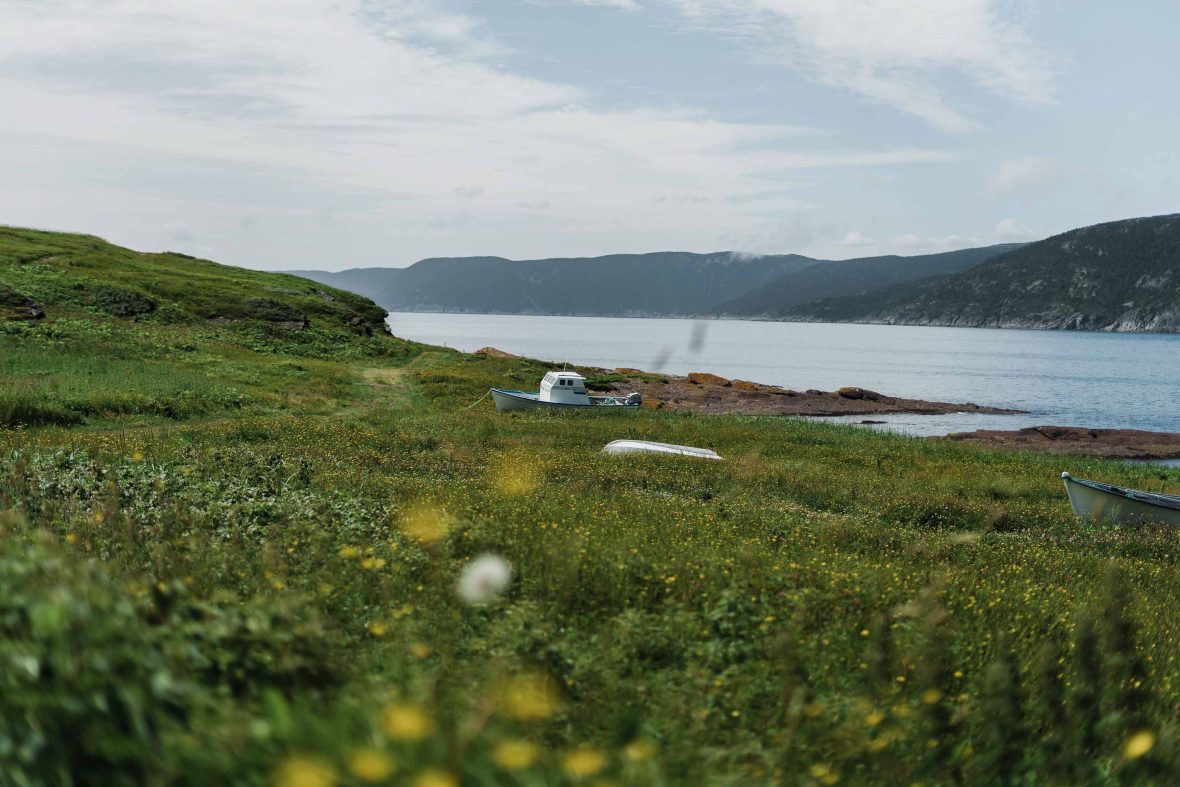
Newfoundland’s cod fishery was once the biggest in the world. When Italian explorer John Cabot sailed the east coast of North America in 1497, his crew claimed that there were so many fish off Newfoundland, they could be scooped up by lowering baskets into the water.
By the mid-1500s, the English, French, Spanish and Portuguese were regularly crossing the Atlantic to fish for cod, which, salted and dried for preservation, made up more than half of all the fish eaten in Europe. It should have lasted forever. The cod fishery was “sustainable for 500 years,” Kearney tells me while showing me around the village, “and then less than 40 years after we joined Canada, it was pretty much destroyed.”
Newfoundland joined Canada in 1949—although proud Newfoundlanders will tell you that “Canada joined Newfoundland”. Soon, advances in fishing technology meant that ever-bigger ships from around the world were able to grab ever-increasing catches off Newfoundland’s coast. Canada allowed huge offshore trawlers to scrape cod off the ocean floor even while smaller-scale inshore fishermen reported alarmingly depleted stocks.
“Back in the late 1970s and throughout the ‘80s, people were saying, ‘You’ve got to stop,’” says Kearney, looking toward Conche Harbor where a cluster of ochre red wooden buildings tumble down to the rocky shore. “People would say that, in the nighttime, it would look like a city was out in the water because of [the lights from] these massive seiner boats and trawlers. All the inshore fishermen here saw the effects and suffered. You’re in here fishing and everybody out there in the big boats is catching all the fish: What’s left for the people who have been doing it for 500 years?”
Newfoundlanders had raised the alarm, but few seemed to listen until, on July 2, 1992, Fisheries and Oceans minister John Crosbie stood in the St. John’s Radisson Hotel, while anxious fishermen waited outside, and announced a two-year ban on the fishing of northern cod. The ban remains largely in effect.
Some 30,000 people were immediately out of work, and within the next decade, around 10 percent of Newfoundlanders left the province in search of employment elsewhere, often in the Alberta oilsands. “Newfoundland was facing an identity crisis,” says Kearney. “We’re all here because the English, Irish and French came over to fish. Without that, who are we? All of our songs, all of our heritage, everything is rooted in the fishery.”
Kearney wasn’t even alive when the moratorium was announced. That it has shaped her life and work is evidence that its impact still resonates today. But while the past has shaped her, Kearney is all about looking forward.
She was born two years after the moratorium, into a generation of what she calls “moratorium children,” those born in early 1990s outport Newfoundland and Labrador, a time of darkness and mourning. Kearney’s parents had work in Alberta, so she grew up spending only her summers in Conche until she was 10 when the family returned permanently. She was keen to leave though.
Without the moratorium, there would be no museum, says Joan Simmonds, director of Conche’s French Shore Interpretation Center, as she shows me around. She remembers the moratorium vividly. “It was truly a period of darkness. We did not know what to do.”
“There was a lot of talk that Conche was dying, that there was going to be nothing left here,” she says. Lacking playgrounds or other diversions, Kearney and her friends used to sneak into Conche’s abandoned homes at night. “Growing up here felt like you were in a scary story,” she says. “We’d crawl through windows and look for ghosts. Which is kind of a big metaphor for everybody who had left.” Eventually she left too, for university in Halifax, Nova Scotia and work in Melbourne, Australia.
But Conche stayed on her mind. Around the time she left, the opening of the Fogo Island Inn was making headlines around the world. The luxury hotel, the passion project of the self-made millionaire businesswoman Zita Cobb, was built with the aim of revitalizing and reinventing Fogo Island—Cobb’s home community off Newfoundland’s northeast coast was also hit hard by the collapse of the cod fishery.
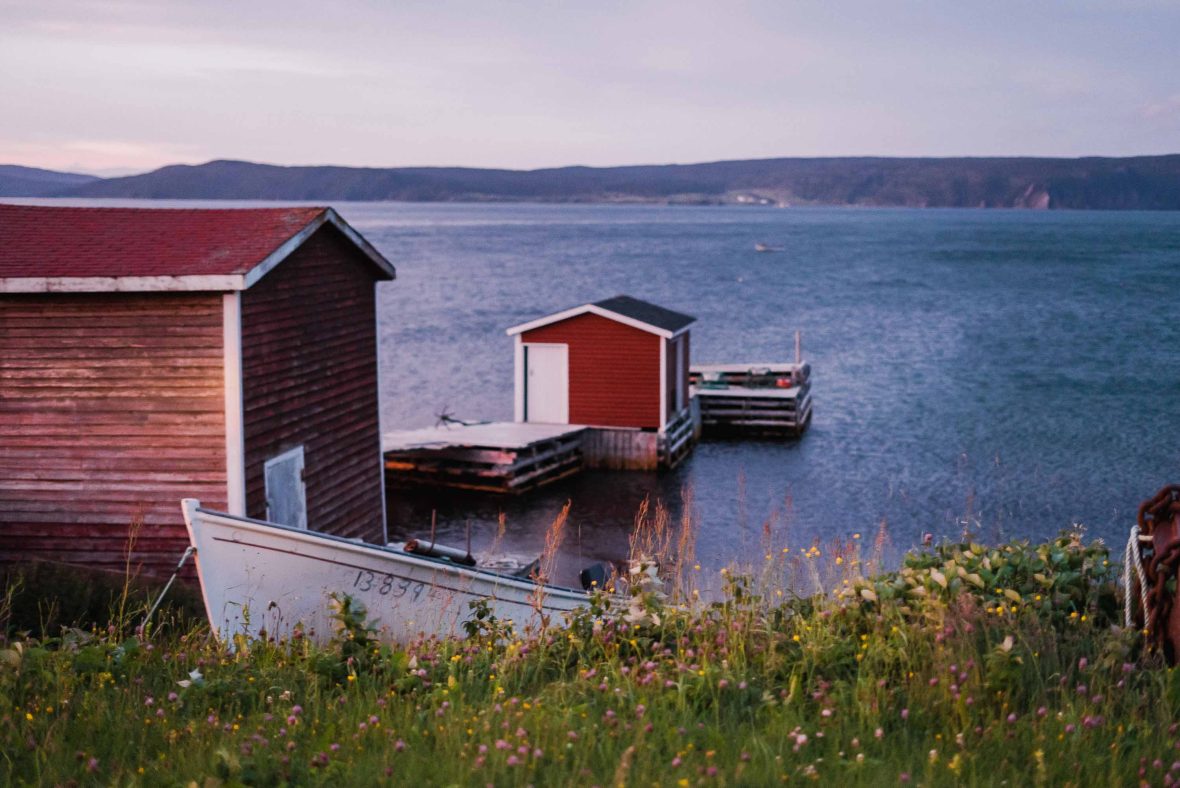
Her plan worked. The striking hotel, designed to resemble a contemporary spin on the island’s stilted wooden buildings, quickly became one of the world’s most desirable destinations. It was, says Kearney, “the first time anybody in Newfoundland has seen such a powerful example of a community being brought back from the brink of extinction.”
Founded by Cobb’s charity Shorefast, the Inn is a 100 percent social business, which means that all operating surpluses are reinvested in the community through Shorefast’s projects and programs, which create new economic opportunities for islanders while fostering deeper connections for visitors—the inn hires locals to guide guests around Fogo, offering intimate connections to its culture and history, and local craftspeople have redirected their boat-building and sewing skills into making furniture and quilts for the hotel. It’s a model that Kearney was keen to emulate, albeit at a much smaller scale.
“Zita Cobb has always been a huge inspiration,” says Kearney. “I always had my eye on [the inn]. Of course, it’s a CAN$41 million property, but I can scale back the strategy and use the same values and pay homage to it. That’s what I’m trying to do here.”
In spring 2020, Kearney was preparing to launch Moratorium Children when the COVID-19 pandemic shut down tourism. Undeterred, she used the shutdown to offer Newfoundlanders the first tours at a reduced rate. Now, from June through September she hosts guests in private retreats that immerse them in the area’s history, culture and environment through activities that include forest bathing and taking boat trips around the peninsula, all while listening to stories about local culture and history and eating meals made from scratch with local produce, including cod—for 10 weeks each summer, from Saturday through Monday, anglers are allowed to catch five cod a day).
Kearney markets the experience to people seeking peace and quiet and a chance to reset. Far-flung and with no cell phone service, Conche is an appealing place to do so. I ask her if she feared that using such a loaded word as “moratorium” in the name of her tours might give visitors pause. She’s already thought about that. The word has a dark connotation, she agrees, “but although something is the end, it is also the beginning.”
Without the moratorium, there would be no museum, says Joan Simmonds, director of Conche’s French Shore Interpretation Center, as she shows me around. She remembers the moratorium vividly. “It was truly a period of darkness. We did not know what to do.” Simmonds’ brother was 50 years old and a lifelong fisherman when he was laid off and forced to retrain. She considers him fortunate to have found new work in shipping.
“We had to move on and so our museum is a result of the moratorium,” she says. “We were losing our history and people were going away. We wanted to do something to save that history because it’s an amazing history for a little community like us.”
“COVID almost did us in, but we had a lot of community support… Even though they’re all over the world, there’s still that community. I’m so proud of that.”
- Joan Simmonds, museum director
Waves of fishermen left their marks along the stretch of Newfoundland known as the French Shore, and that history is depicted in the interpretation center, home of the remarkable 227-foot French Shore Tapestry. Inspired by the Bayeux Tapestry, it was hand-stitched by local women, including Simmonds, and tells the story of the French Shore, from the Mi’kmaq and other Indigenous people, to the arrival of the Vikings, Basque, English, and French, through confederation and the cod moratorium. Facing loss, the women preserved their history one stitch at a time and, in turn, created a one-of-a-kind tourist attraction. “We knew that we had to have something different to get people to come here, we’re so off the beaten track,” says Simmonds.
The center opened in 2010 and Simmonds says that visitor numbers have steadily increased ever since. “COVID almost did us in,” she says, “but we had a lot of community support,” through private donations and fundraising efforts. Even those who long ago left Conche don’t want to see the place die. “Even though they’re all over the world,” she says, her voice catching, “there’s still that community. I’m so proud of that.”
In Port au Choix, at the western end of the French Shore, I sit down with Carolyn Lavers, former mayor and current bakery owner and tour guide. Growing up in Port au Choix she witnessed the cod fishery’s peak.
“Money flowed here like it came off the printing press,” she tells me over coffee and buns in her bakery, a cozy community staple known for its homemade chili and warm rolls, which she opened with her mother in 1988. While the fishery was booming, she had standing orders to supply bread to 30 fishing boats—it wasn’t only fishermen who made a living from cod. When the moratorium was announced, the plant went from 400 to 100 workers overnight and the town’s hotel and shops lost most of their customers. As in Conche, some fishermen adapted by turning to shrimp and crab fishing, but, Lavers says, it was cod, which is a more labor-intensive style of fishing, requiring more support workers, that was “the soul of the community.”
“Thank God for tourism,” she says. “If we didn’t have the beginnings of a tourism industry then, we’d have really been up a creek.”
Set on a rugged coastline of limestone barrens, Port au Choix has the advantage of being just off the Viking Trail—which leads to the first Viking settlement in North America, the UNESCO-listed L’Anse aux Meadows National Historic Site—and is home to the Port au Choix National Historic Site, which consists of a Maritime Archaic burial ground and a major settlement that was occupied by the Groswater and Dorset.
In 2001, Parks Canada opened a visitor center here where travelers can discover the site’s 6,000 years of occupation through interpretive displays, which include a recreated Dorset dwelling and well-preserved artifacts. Walking trails lead across the barrens, home to rare arctic alpine plants, fossils and metal sculptures depicting such scenes such as a traditional seal hunt, and to the archaeologically rich Phillips Garden, home to the remains of Dorset dwellings.
Lavers believes that the tourism that grew up around the historic site helped many people survive the moratorium. She got into the business herself by utilizing both her baking skills and deep knowledge of her home—not to mention her pleasing loquaciousness. She runs the Lavers Leisurely Walking Tour, a one-of-a-kind experience that combines baking bread and a walking tour of the historic site.
At Lavers’ bakery, guests prepare traditional bread rolls (a nod to the area’s French heritage) and, while they rise, head out on a walk around Port au Choix, starting at the wooden “pepper pot”-style Point Riche Lighthouse where whales, seabirds and the town’s resident caribou herd are often spotted, then continuing along the Atlantic coast to Phillips Garden before returning to the bakery for a hearty lunch.
Moving into tourism post-moratorium is a thread that ties communities around the province. Just outside the provincial capital, St. John’s, I took a boat tour with Gatherall’s Puffin and Whale Watch. On board a spacious catamaran, I headed into the marine life-rich Witless Bay Ecological Reserve to the sounds of traditional Irish music played over the speakers and sung acapello by staff—Gatherall’s tours are a traditional, family-run affair.
“My generation was told, ‘There’s nothing here for you in Newfoundland, you need to leave… That was not the story I was going to tell my children.”
- Lori McCarthy, chef, storyteller
Humpback and fin whales breached in front of the boat as we sailed by the reserve’s four small islands, Gull, Green, Great and Pee Pee, each inhabited in summer only by thousands of seabirds, including Atlantic puffins and common murres, crowded onto the islands’ cliff edges as we cruised by. For three centuries, owner Mike Gatherall’s family had made its living from fishing. They shifted early into tourism in the 1980s, because he told me, “the writing was already on the wall.”
Now, he said, taking tourists out in search of whales and seabirds is just “another way of working on the water.” In Twillingate, on Newfoundland’s north coast, laid-off fishermen found new callings leading boat tours to see icebergs, which migrate from the Arctic and drift along the Labrador coast to Newfoundland along a route called ‘Iceberg Alley.’ Throughout the province, tourism has helped to reverse the downward spiral of community decline.
As in Conche, loss of cultural heritage was a concern in outports around Newfoundland and Labrador. That’s what prompted Captain David Boyd to open Twillingate’s Prime Berth Fishery & Heritage Centre in 1995. He describes the center as a way to pay tribute to his fishing ancestors and a fast-disappearing way of life. On a small island in Labrador, Battle Harbour was once the region’s cod fishery capital. Abandoned in the 1960s following the double whammy of fishery reductions and a devastating fire, it was reinvented as a living museum to preserve local history and declared a National Historic District in 1996.
In summer, visitors can tour the island in the company of guides who share stories about the island’s history and their lives growing up there—without cell service or paved roads, the island feels like a step back in time. Guests can also stay in one of the island’s century-old buildings, once inhabited by merchants and fishermen, now carefully restored but faithful to their historic charm. The accommodations are perfectly placed for views of the rugged coastline and passing icebergs and homemade meals feature traditional Newfoundland and Labrador dishes, especially fish.
In Conche, spending time with Kearney feels like being hosted by the entire community. She hires locals to interpret key sites around the village and so, when we approach a crashed plane lying in a meadow, Austin Dower is waiting for us to tell the story of how it got there. The school principal in 1992, Dower saw Conche’s population tumble from the perspective of the rapidly declining school roll—but he’d rather talk about the WWII plane which his grandfather watched fall from the sky in 1942 and still lies where it landed, serving as an offbeat tourist attraction.

As we say goodbye, Dower won’t let me go before telling me how proud he is of Kearney and all that she’s doing to breathe new life into the community. As we walk through the village together, people come out of their houses and call out to her to stop for a chat. We visit Kearney’s uncle Frank who began fishing in the 1960s. Over a beer in his garage, he shares stories about the good times for the fishery, when the cod catch seemed endless. As we walk past a neighbor’s house, he invites us to look at a photograph, taken in Conche in the 1960s, of flakes (platforms used for drying fish) covered in cod. Not an inch to spare.
These types of spontaneous authentic connections are at the heart of Moratorium Children—that’s why Kearney limits retreats to solo travelers and small groups. She doesn’t want tourism to overwhelm Conche or to commodify its charms. There’s a lot of gimmicky tourism in Newfoundland, she says, referring to activities such as “screech-in” ceremonies.
Invented in the 1970s as a way to entertain visitors, screech-in ceremonies involve newcomers (known as “come from aways”) becoming “honorary Newfoundlanders” by taking a bite of fried bologna, kissing a codfish, and reciting a local saying before downing a shot of rum. It’s the province’s most marketed tradition, loved by many but despised by others who complain that it’s a manufactured caricature of local culture which perpetuates a persistent stereotype of Newfoundlanders as goofy drunks. She prefers to be strategic about the types of visitor she attracts, and she’s committed to keeping tourism on the smaller scale and “being authentically Conche.”

Kearney expects that Moratorium Children can soon provide even more paying jobs for locals. That would help to retain the young people needed to keep communities viable. She also wants to empower local entrepreneurs to start their own businesses and provide inspiration to other moratorium children. “I’d love to see somebody young take an interest in tourism and start something on their own,” she says. However, the continuing reverberations of the cod moratorium present obstacles—and provide a clue as to why, 30 years later, some fishing communities are still struggling. “The biggest challenge is reprogramming the mindset,” she says. Growing up, while their parents were facing uncertainty, her generation was encouraged to aim for ‘safe’ career paths. “Actually just believing that it’s possible,” she says, is the biggest obstacle to Newfoundlanders embarking on unconventional paths.
But, sometimes, being told you can’t provides the momentum to do something anyway. In St. John’s, during a panel at Innovate Canada, a business event focused on Canada’s blue economy, I listened to Lori McCarthy, chef, author, cultural food storyteller and fisherman’s daughter. When the cod collapse hit, she said, “My generation was told, ‘There’s nothing here for you in Newfoundland, you need to leave.’” McCarthy stayed and built a career that anchored her to the place she loves, because, she said, “that was not the story I was going to tell my children.”
Back in the fishing stage, the evening’s rain has let up and the musicians are about to start their final song; Eddie Coffey’s Grey Foggy Day, a nostalgic ode to a faded way of life. But first, Kearney wants to say a few words. The song was written soon after the moratorium, she explains, when days seemed they might be gray forever. But, “gray foggy days are just a state of mind. The fog always lifts and the sun always shines.” As if to prove her point, through the window I see the sun breaking through the clouds. Kearney smiles and says, “That’s exactly what we’re trying to do here.”
***
Adventure.com strives to be a low-emissions publication, and we are working to reduce our carbon emissions where possible. Emissions generated by the movements of our staff and contributors are carbon offset through our parent company, Intrepid. You can visit our sustainability page and read our Contributor Impact Guidelines for more information. While we take our commitment to people and planet seriously, we acknowledge that we still have plenty of work to do, and we welcome all feedback and suggestions from our readers. You can contact us any time at hello@adventure.com. Please allow up to one week for a response.
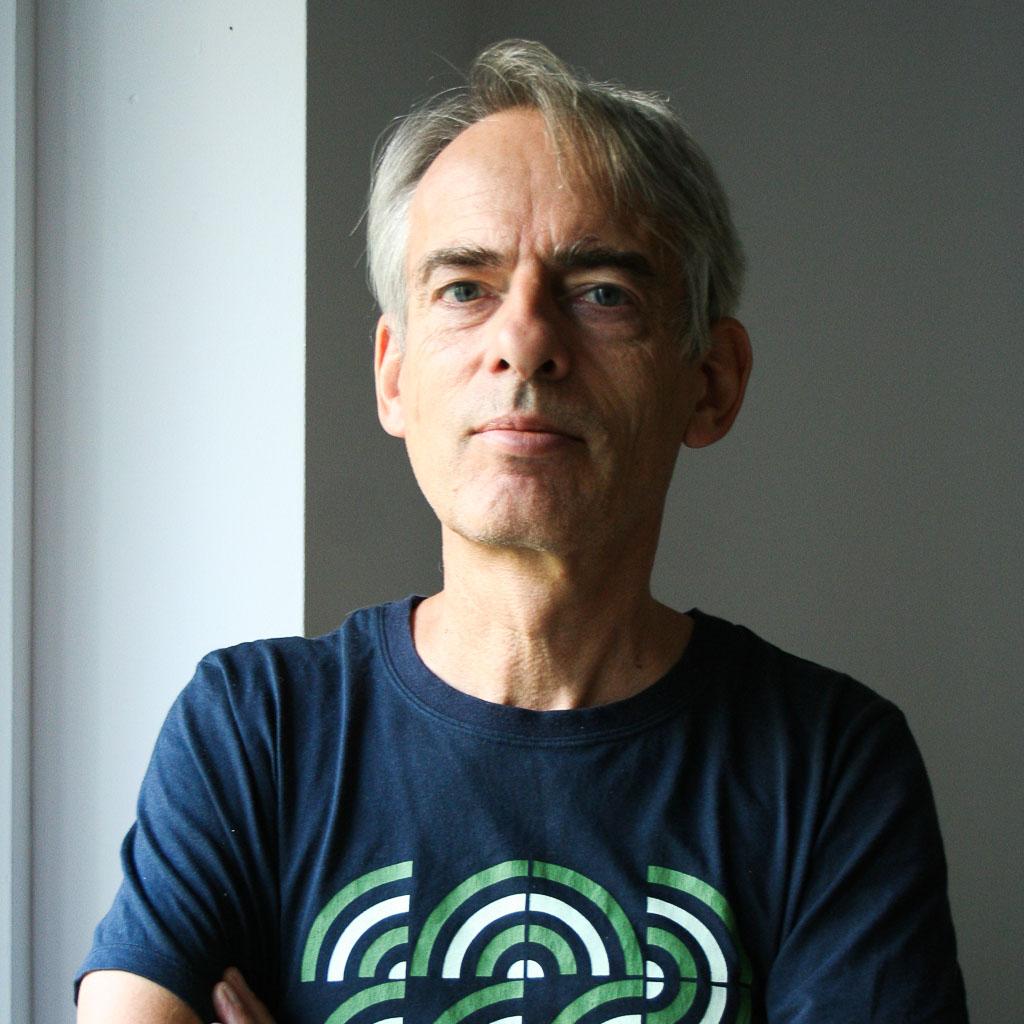

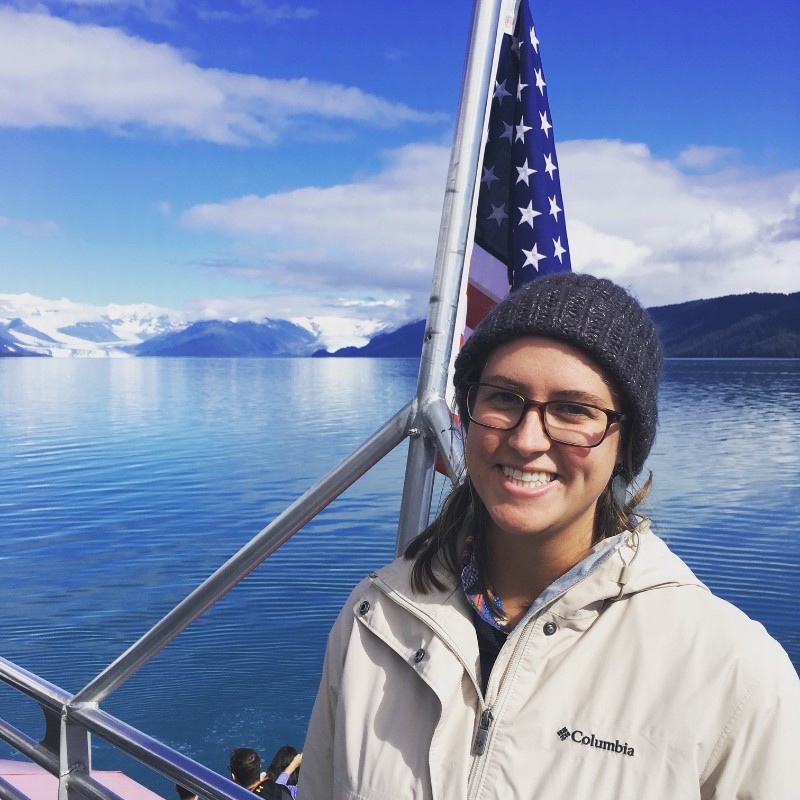



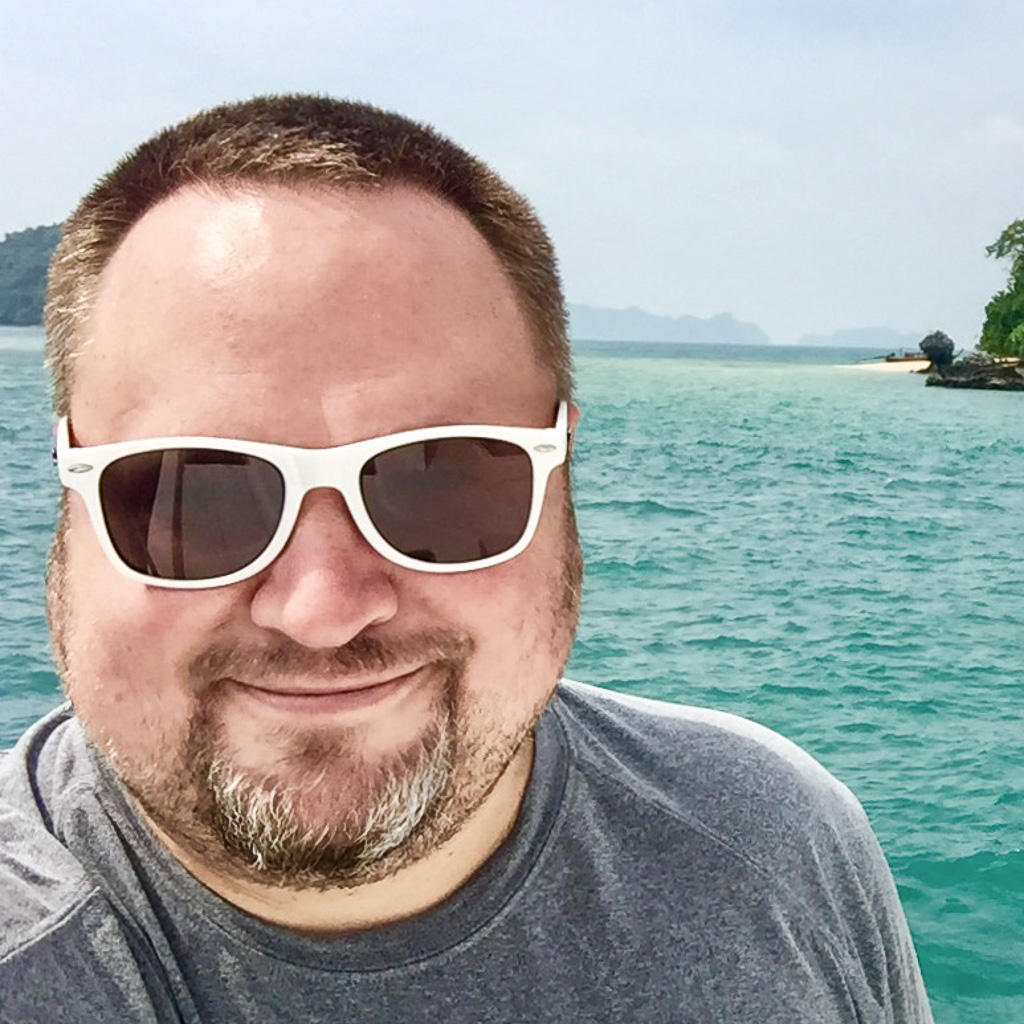

Can't find what you're looking for? Try using these tags: